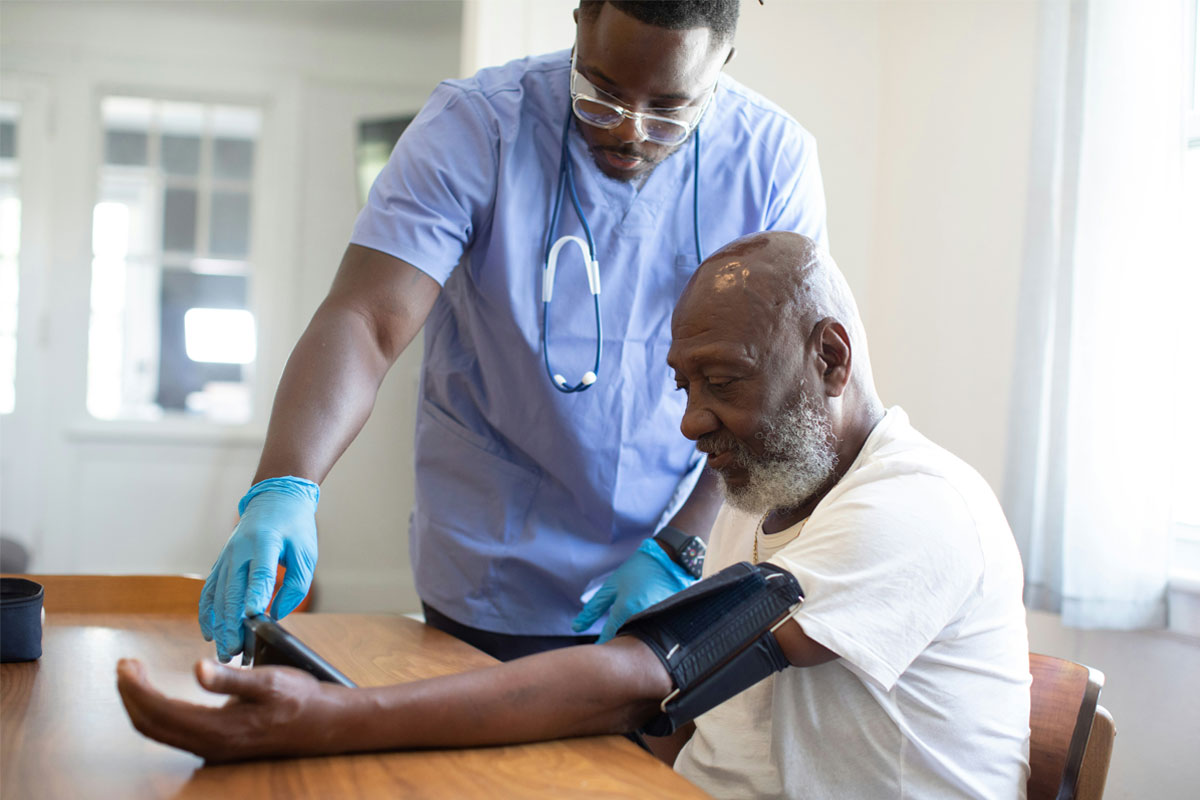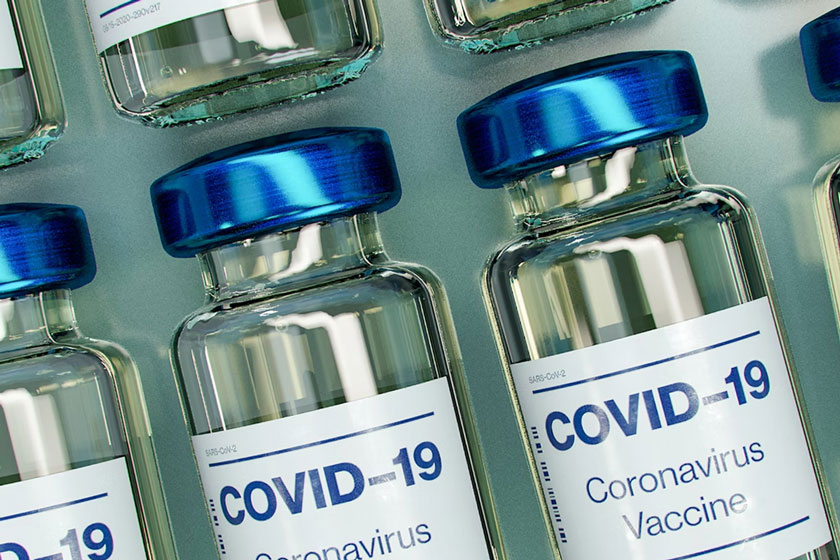Four key pieces of research on Long COVID that have improved our understanding
Four years since the start of the pandemic, we now have a good understanding of what Long COVID does. More of a mystery has been why it happens. New research is starting to find answers.
- 13 March 2024
- 5 min read
- by Priya Joi

The scientific understanding of the mechanisms of Long COVID is catching up with well-documented clinical symptoms of a condition that affects millions of people after SARS-CoV-2 infection.
Researchers have known for years that the post-viral condition can cause lingering symptoms ranging from brain fog and insomnia to muscle ache and fatigue, and there have been several hypotheses for these clinical manifestations.
“The whole concept that a lot of these neurological conditions, including brain fog, could be treated by simply regulating the integrity of the blood-brain barrier is really exciting"
– Matthew Campbell, University of Medicine and Health Sciences, Trinity College Dublin
Now, key research published in the past few months is finally starting to offer evidence for the physiological underpinnings of Long COVID. Here are four studies that have greatly improved our understanding.
1. Leaky blood-brain barrier
MRI brain scans of people with Long COVID who have symptoms of brain fog showed disruptions in the blood-brain barrier, which is a critical firewall preventing proteins and other substances from leaving the brain into the body or vice versa.
A study in Nature Neuroscience by Matthew Campbell, University of Medicine and Health Sciences, Trinity College Dublin and colleagues showed increased serum levels of a protein called S100B that is a marker of brain damage, such as in epilepsy, stroke and traumatic brain injury.
This protein is produced in the brain and is not normally found in the blood.
People with persistent infection had more than 50% higher odds of developing Long COVID than individuals with non-persistent infection. Not only that, the researchers found that the persistent virus can continue to evolve in our bodies.
"The whole concept that a lot of these neurological conditions, including brain fog, could be treated by simply regulating the integrity of the blood-brain barrier is really exciting," said Campbell.
2. Viral persistence
SARS-CoV-2 can persist in the blood and tissue of some patients for up to two years after the initial infection, according to research by Michael J Peluso at University of California, San Francisco School of Medicine and colleagues. The research was presented at the Conference on Retroviruses and Opportunistic Infections (CROI) in March and was published as a pre-print in 2023.
Using an ultra-sensitive test for the virus’s spike protein (that triggers our immune system) the researchers found that the virus was still present in blood samples up to 14 months after infection and in tissue samples for more than two years.
Notably, they also found that the likelihood of detecting COVID-19 antigens was higher in individuals who had experienced severe illness, indicating a correlation between the persistence of the virus and the severity of initial infection.
In a previous study in Italy, researchers had found that the likelihood that a person would develop Long COVID increased the longer they tested positive for the virus.
“There has been some evidence to suggest that SSRIs could be effective in preventing Long COVID."
– Benjamin Abramoff, Director of the Post-COVID Assessment and Recovery Clinic
A February 2024 study by Mahan Ghafari, Pandemic Science Institute, University of Oxford, UK et al in Nature, showed that people with persistent infection had more than 50% higher odds of developing Long COVID than individuals with non-persistent infection. Not only that, the researchers found that the persistent virus can continue to evolve in our bodies. In some individuals the researchers found many changes in viral amino acids (the building blocks of proteins) substitutions, indicating that the virus is mutating.
3. Loss of serotonin
Some people with COVID-19 develop gastrointestinal symptoms and there is evidence that SARS-CoV-2 lingers in the gut of Long COVID patients, according to a study by Andrea Wong, University of Pennsylvania School of Medicine, and colleagues, published in Cell in October 2023. They analysed the stool samples of people with Long COVID and found that components of the virus linger in the gut longer after the infection.
They found that lingering viral reservoirs trigger the immune system to release proteins called interferons to fight the virus, tying in with mounting evidence from other researchers as well. Interferon reduces the absorption of tryptophan in the gut and tryptophan is a building block of serotonin, which is mainly produced in the GI tract.
Serotonin is critical in carrying messages between the brain and the rest of the body, and is a key regulator of memory, sleep, and digestion – a process that down-regulates serotonin, the researchers postulate, could well explain the brain fog, memory loss and insomnia that accompanies Long COVID.
Long COVID was 40–60% lower in adults who had been vaccinated compared with those who had not been vaccinated.
Medicines that boost serotonin (selective serotonin reuptake inhibitors or SSRIs) are used to treat depression. "There has been some evidence to suggest that SSRIs could be effective in preventing Long COVID, and our research now presents an opportunity for future studies to select specific patients for a trial who exhibit depleted serotonin, and to be able to measure response to treatment," said co-senior author, Benjamin Abramoff, Director of the Post-COVID Assessment and Recovery Clinic, and an assistant professor of Clinical Physical Medicine.
4. Vaccines protect against Long COVID
The protective effective of COVID-19 vaccines against Long COVID has been discussed before, but a new study in the April 2024 issue of the Annals of Epidemiology shows that Long COVID was 40–60% lower in adults who had been vaccinated compared with those who had not been vaccinated.
The study analysed data from 4,695 people in the Michigan COVID-19 Recovery Surveillance Study.









